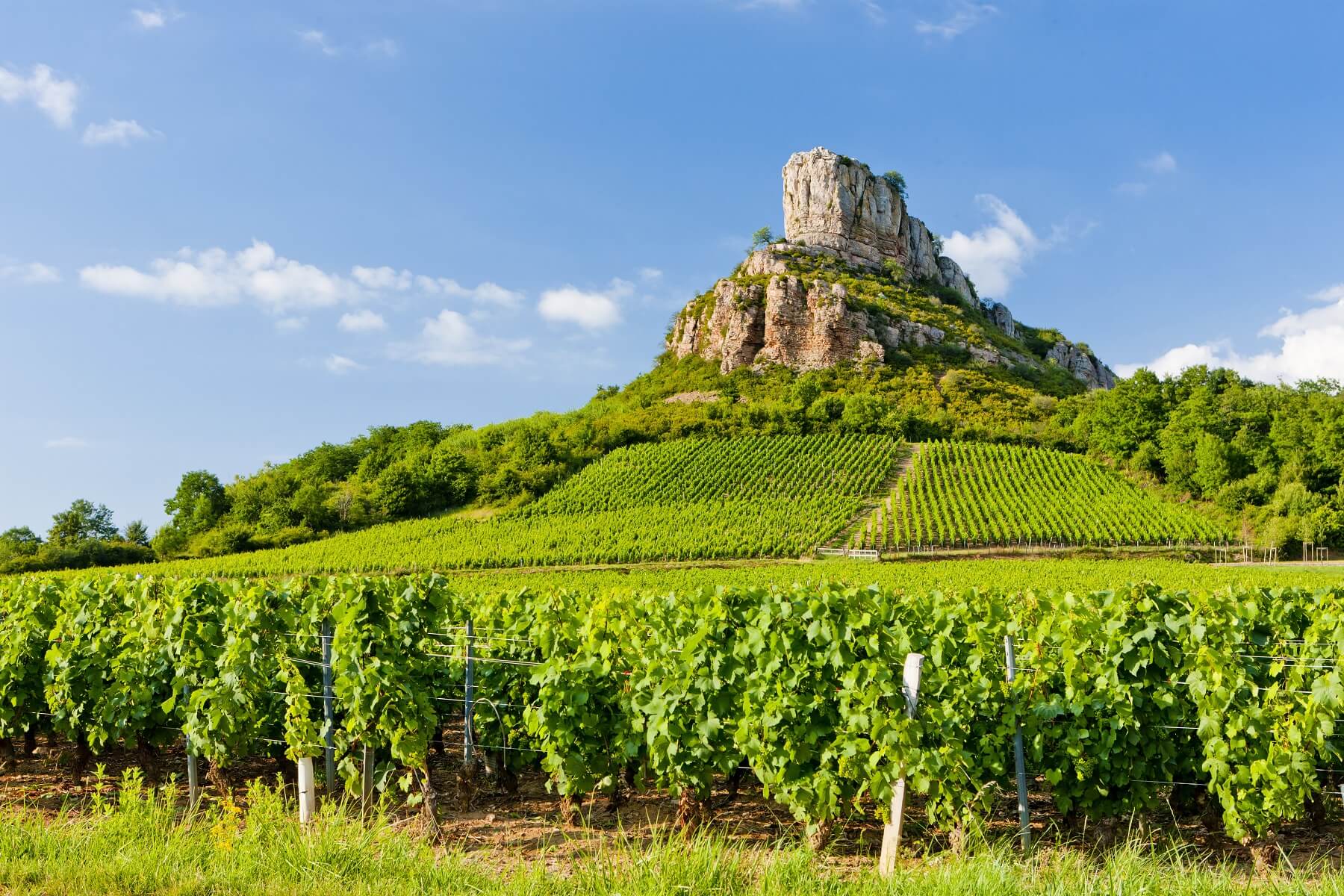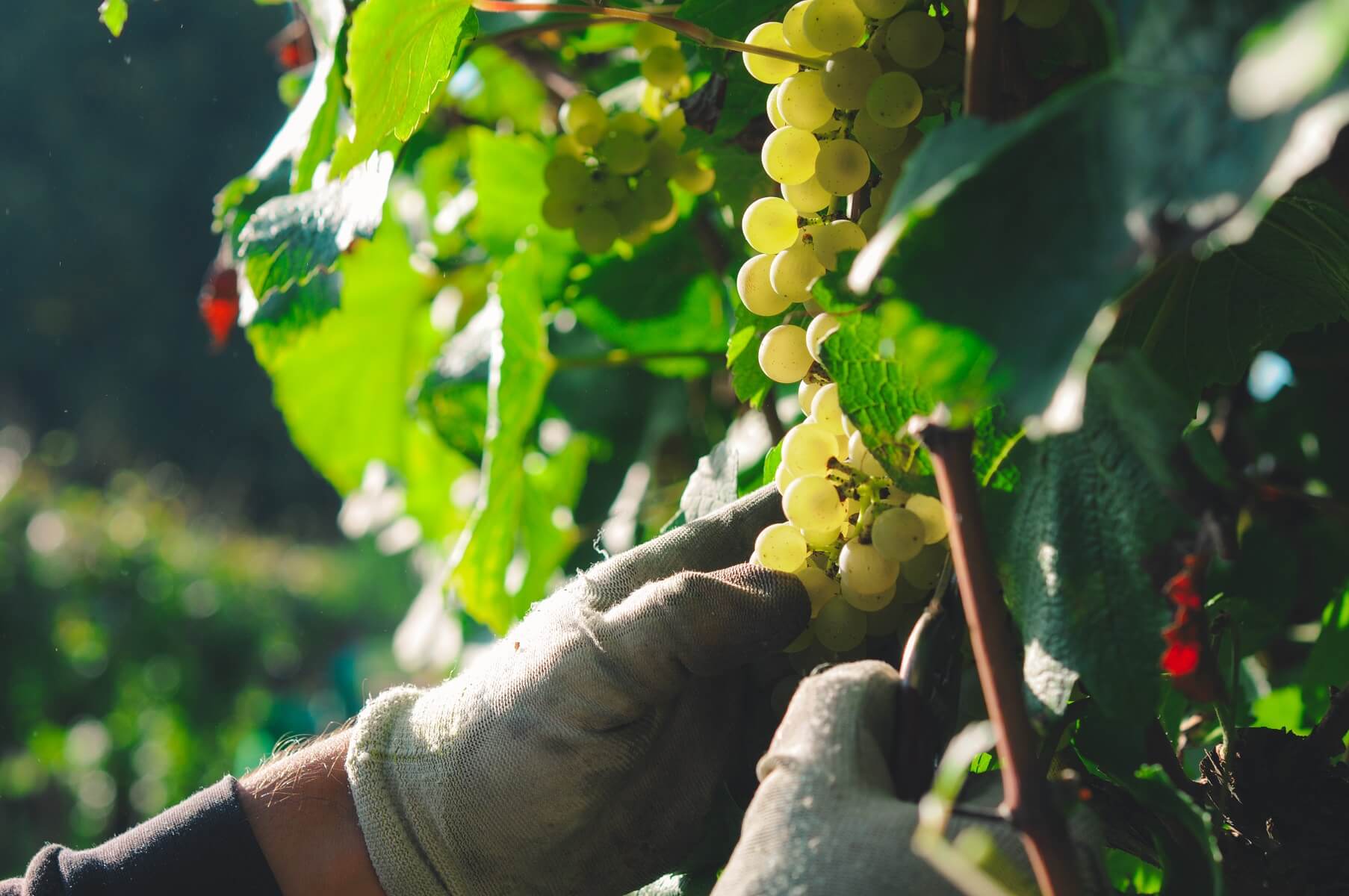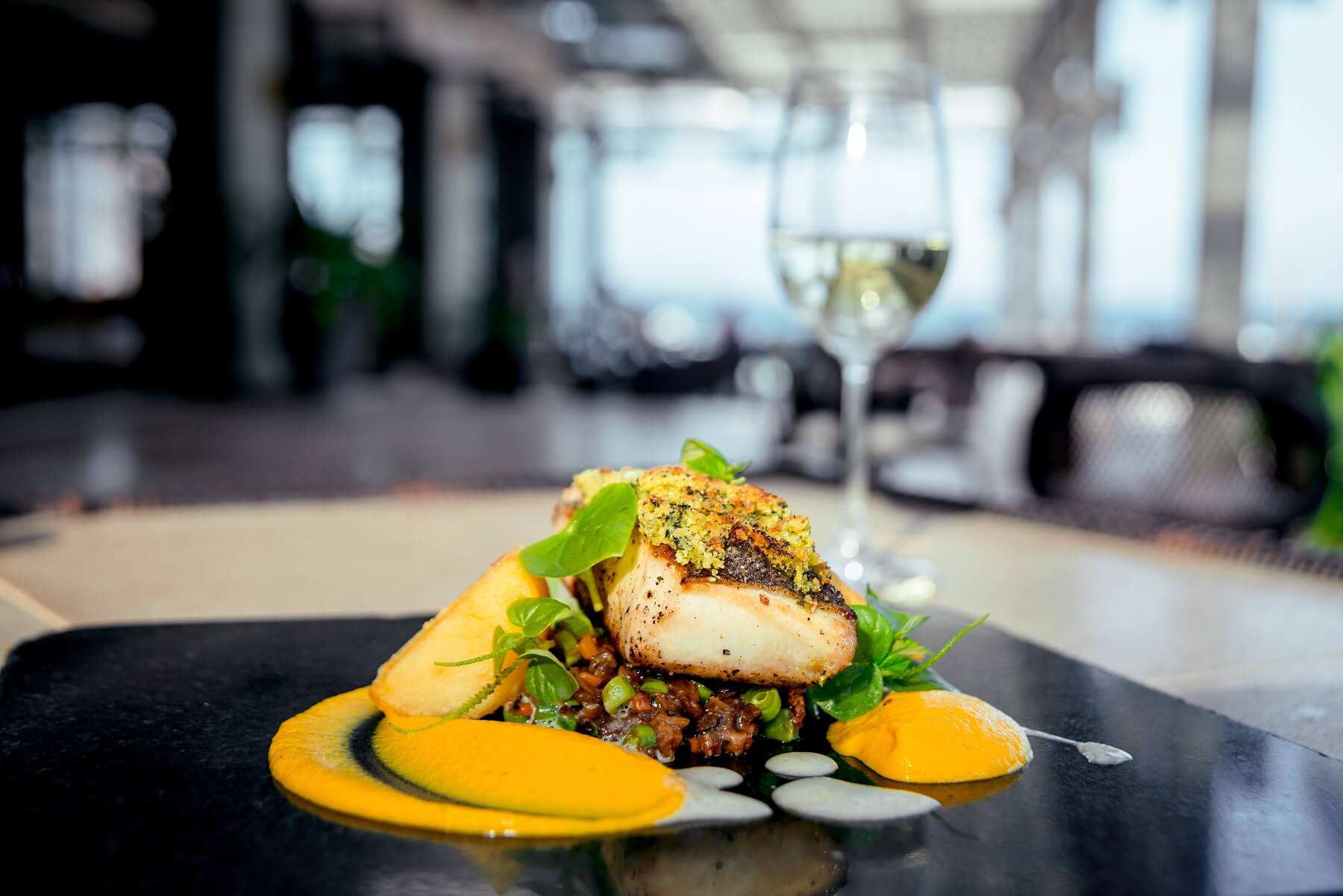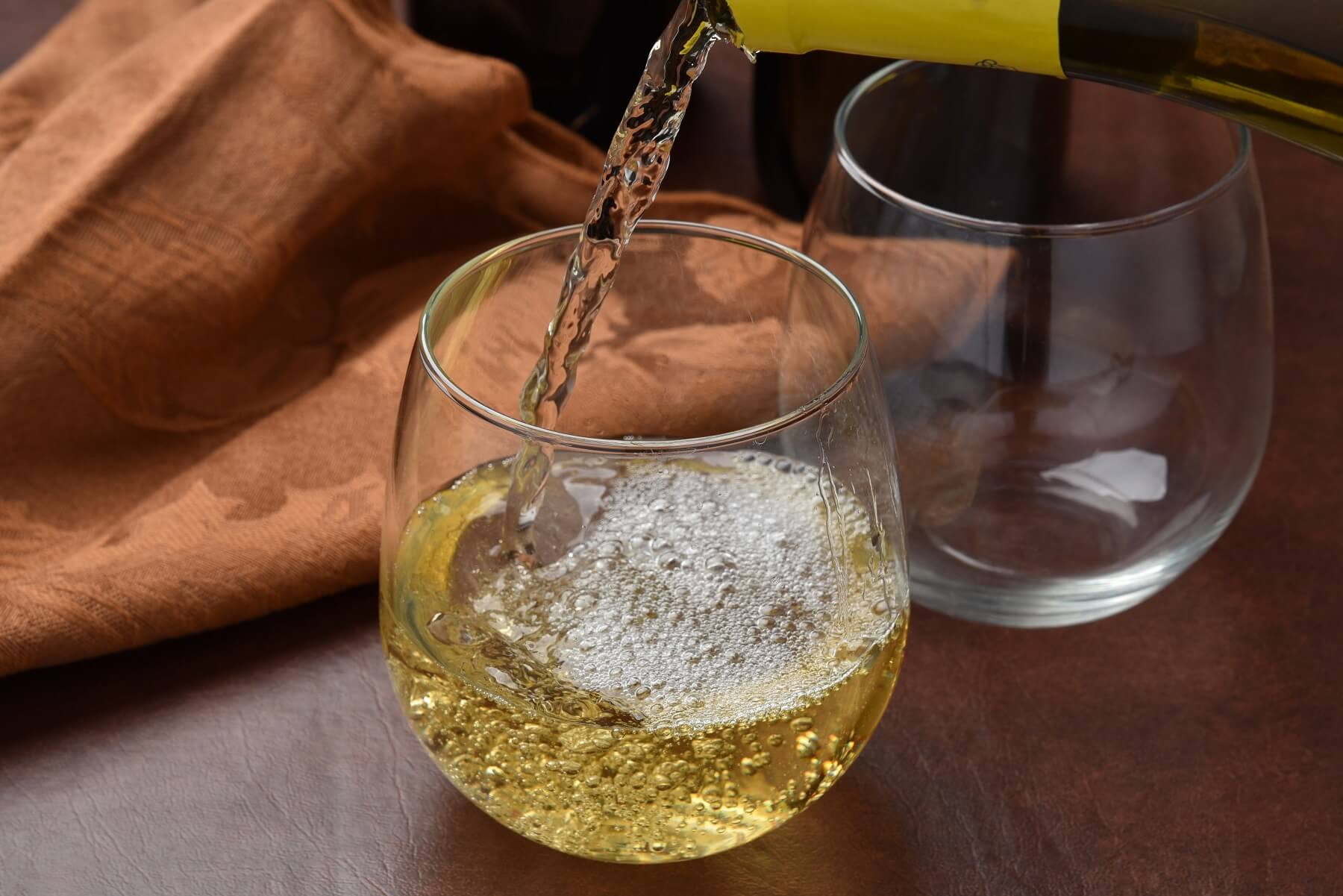

If there’s one wine style that divides opinion more than any other, it’s surely Chardonnay. I’ve seen the public opinion on this white wine grape varietal oscillate wildly, swinging from mad enthusiasm to nervous acceptance to utter disdain, and then back again.
If there’s one wine style which divides opinion more than any other, it’s surely Chardonnay. Even in my short thirty years on this earth, I’ve seen the public opinion on this white wine grape varietal oscillate wildly, swinging from mad enthusiasm to nervous acceptance to utter disdain, and then back again.
Round and round, it seems to go; one minute it’s the toast of the town, the next, merely considering sipping at a cold glass of Chardonnay could make you appear nothing short of a social outcast, an uneducated pleb unfit to declare yourself a wine lover, destined for the slag heaps and dive bars outside the frontiers of polite society.
I’m exaggerating, of course, but the point stands - Chardonnay is a divisive wine, and one which has been the victim and the victor at the fickle fingers of fashion over the past few decades.
Today, Chardonnay is definitely on the ‘up’ again, and it isn’t difficult to see why: winemakers have figured out that the full-bodied, heavily oaked style which was everywhere in the 80s and 90s is - to be frank - pretty horrible, really.
We’re well aware that taste is completely subjective, but it sometimes seemed like those big, buttery Chardonnays of the past were attempts to make the wine taste as little as possible of itself, and that completely defeats the point of using this noble, ancient wine grape.
This grape packs in loads of fascinating flavours which are entirely its own - acidity and minerality in spades, and the sort of palate of fruit flavours which turns other grapes green with envy, if they aren’t green already. The reason for this is that the Chardonnay varietal is particularly expressive and adaptable - its flavour profile changes quite considerably from region to region, with different fruits coming through on the palate reflecting the climatic conditions the vine grew in.

In its spiritual home of Burgundy, France, Chardonnays feature all the delicious minerality of the soils, as well as the acidity and balance brought about by the cool climate of this slightly cold and damp corner of Europe. However, this is only the start of a long and colourful list of flavours and characteristics - rest assured, Chardonnay is not what it was.
Without further ado, let’s have a look at some facts you might not have known about this much-maligned grape.
If you like Champagne, you like Chardonnay
The dryness and crispness of French Chardonnay is probably best expressed in Champagne. This timeless champion of the sparkling wine world is most commonly made with a blend of Chardonnay, Pinot Noir and Pinot Meunier grapes, although 100% Chardonnay Champagnes - known as Blanc des Blancs - are becoming increasingly common and fashionable.
Chardonnay is a world dominator
From its humble origins in monastic gardens in France, Chardonnay grew to be the most widely planted grape on earth - by a considerable margin. Over 160,000 hectares of vineyard are dedicated to growing the Chardonnay grape, thanks to its hardiness, versatility, and the fact that it not only grows more or less anywhere, but can also express something unique about every individual terroir.

It’s amazing for pairing with food
Because of its relatively full body, and set of forward and subtle flavours, modern style Chardonnay pairs well with a massive range of different foods, making it ideal for bringing to those parties when you just don’t know what’s going to be on the menu. Fish and shellfish, chicken, pork, vegetables are all classic pairings for Chardonnay, but did you know it’s also pretty good with steak, Indian curries and mushrooms?

It has surprising parents…
Chardonnay is a cross-breed, and nobody is sure whether it was intentionally created, or if it happened by accident. The ‘parent’ grapes of Chardonnay are Pinot Noir (perhaps explaining its perfect partnership in Champagne blends) and Gouais Blanc, an almost extinct grape with its origins in ancient Croatia. Pinot Noir was traditionally a high class grape; difficult to grow, needing lots of attention, and Gouais Blanc was the peasant’s choice, as it seemingly grew everywhere but lacked finesse. Chardonnay would have been the perfect compromise - easy to grow, but with plenty of fine features!
Rediscover Chablis
For many people, the name Chablis is one associated with cheap, supermarket-standard box wine. However, this is a massive injustice - Chablis is a renowned and respected Burgundy sub-region which really should be looked into further if you want an idea of how brilliantly expressive Chardonnay can be in the hands of master vintners. Ignore the cheap-as-chips bottles and go for something a little more refined.
Alternatively, check out some of the better Australian Chardonnay producers; as most critics would agree that the best examples of this grape varietal are being produced right now down under.
After getting down to the nitty-gritty of one of our favourite noble, ancient white wine varietal, it's time to meet your wine matches! Check out our quiz below and find out your top 3 favourite types of wine.
Next up: Take our Wine Palate Quiz and match your personal tastes to your top three wine types
Do you know your wine personality? If your answer is no, take our quiz to find out which wines to pick up next and build your box!
Build my box






